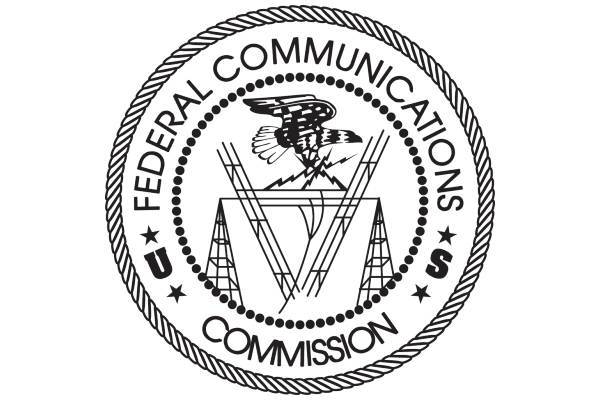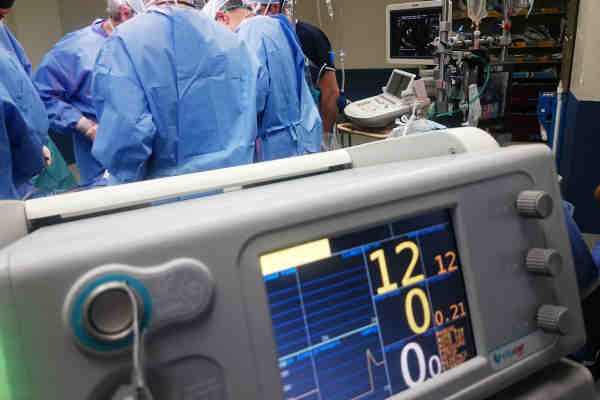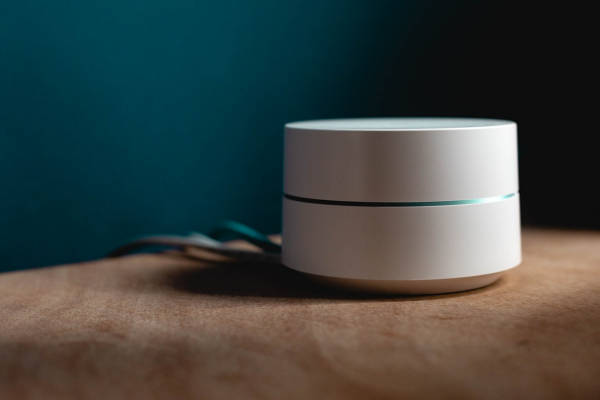What Are The FCC SDoC Testing Requirements?

In November 2, 2018 the FCC took action to radically simplify the methods of EMC testing your products. How exactly does this affect you?
Why is FCC Testing Required?
The Federal Communication Commissions (FCC) mandates that all digital devices sold in the United States must meet certain EMC testing standards. Manufacturers contact FCC testing labs like us to perform testing under relevant FCC. For the vast majority of cases your product will require to be tested for compliance to the relevant FCC rule parts. For most products, this testing will be conducted under Part 15B, so we’ll focus this article to how the introduction of the Supplier’s Declaration of Conformity (SDoC) has actually made testing easier for your product by simplifying your testing requirements.
What Use to Be Required?
Prior to the introduction of the Supplier’s Declaration of Conformity (SDoC) manufacturers of products had three options to have their products tested against; we’ll explain those from the strictest to the least restrictive:
FCC Certification:
FCC certification may be the form of EMC testing that users are most familiar with. This form of certification testing is mostly used for devices that are using discrete / chip-down radio designs such Bluetooth radios, LoRa, WiFi, and Zigbee devices. In this form of testing, you will be required to formally test all the functionality of the radio to ensure that device transmits within the required power range, bandwidth, and duty cycle as is required by the FCC.
This form of EMC testing is usually reserved for “intentional radiators” – and can be the most costly and involved form of testing; however, keep in mind that in some cases international sellers of devices may have their unintentional radiator type products tested under the FCC Certification. In some cases these clients may want an accredited laboratory report to be reviewed by a Telecommunication Certification Body (TCB) and publicly filed for business or commercial reasons. (NOTE: Keep this in mind as we discuss the implication of the SDoC).
In addition to the FCC’s Certification Requirements, a manufacturer will also be required to submit detailed documentation including block diagrams, theory of operations, schematics, gerber files, and the formal test reports supporting the evidence that the device meets all the required testing in order for the FCC to issue the Grant of Authorization so that the device may be used in the United States legally.
How do you know if you have an FCC Certified Device? If you look on the back of your cellphone, you’ll find a marking that begins with “FCC ID” – that’s a sure tell sign, that your device has been tested to the FCC Certification requirements.
FCC Verification:
Generally speaking, the FCC Certification process has been used for certifying intentional transmitters (ie. Wireless devices); for devices that are not wireless devices most manufacturers historically choose to use the FCC Part 15 Verification for unintentional emissions.
A device that is an unintentional radiator is any digital device that that generates EMI and operates at frequency of higher then 9kHz.
FCC Verification Testing involves both radiated emissions and conducted emissions testing to meet the EMC limits as mandated by FCC Part 15 Class A or Class B devices. Note there are other-sub parts that could be tested using FCC Verification but most common devices were tested under the FCC Verification process have been Part 15 devices.
For wireless devices using FCC certified modules, the FCC verification process was also used for testing.
Unlike the FCC Certification, there is no formal filing with the FCC Verification process. Instead manufacturer’s are required to have detailed test reports showing the exact emissions and documentation to support that their devices are fully compliant with FCC regulations.
In addition to the test reports, manufacturers are also required to have the required FCC statements in their user manuals and the required product labels. Between the FCC Verification and FCC Certification that comprises at least 90% of the typical EMC testing lab workflow. But there has historically between one other method of FCC testing that could be conducted.
FCC Declaration of Conformity (DoC)
The FCC had one alternate method of certifying a device, which was called the Declaration of Conformity (DoC). Under the Declaration of Conformity, users conducted similar testing as the FCC verification but for some types of higher risk equipment that were non-wireless in nature at the FCC instituted the Declaration of Conformity process so there were be a meaningful product certification path.
Devices that required the DoC include personal computer equipment (PCs) and certain types of radio receivers.
Unlike the FCC verification process, the DoC is formally filed with the FCC. In addition, all testing under the DoC is required to be performed by a fully accredited lab (like all of Sunfire Testing’s partner labs, which are accredited to ISO Guide 17025).
For any device that was authorized under the DoC, there was a requirement to display the FCC logo. Interesting fun fact: under the FCC certification, which is even more stringent then the FCC DoC users may not use the FCC logo, and instead must display the “FCC ID” string on their product labeling.
The FCC Declaration of Conformity was always the bit of an oddball requirement, and users almost certainly would opt into the FCC Verification testing as much as possible, and in July 2017 the FCC decided to change the rules and simplify the EMC testing required by creating the Supplier’s Declaration of Conformity (SDoC).
FCC Supplier’s Declaration of Conformity (SDoC)
As of July 2017, with an effective date later in 2019, the FCC decided to merge the required testing of the FCC Verification process along with the Declaration of Conformity. The updated EMC testing process is now called the FCC Supplier’s Declaration of Conformity The testing process is an amalgamation of both the FCC Verification and FCC DoC testing.
You can find the specific textual requirement of the FCC Supplier Declaration of Conformity at 47 CFR § 68.324 - Supplier’s Declaration of Conformity requirements.
The FCC has also published FCC KDB 896810 D01 SDoC v01r01 and FCC KDB 896810 D02 SDoC FAQ v01r02 both of which are great SDoC learning resources to understand the formal requirements.
So why did the FCC eliminate the DoC and create the SDoC? If you look into the discussions from the FCC, at the time that the FCC DoC testing process was created there were concerns that personal computers and other high speed devices posed a high risk and required higher regulatory oversight such that the test reports should be filed with the FCC for a formal review.
Over the next 15 years, it was found that these devices really did not pose much of a regulatory risk and with the rapid proliferation of the IoT / wireless devices using the FCC certificating testing process the additional overhead that was being placed on the FCC to review DoC authorized devices was not able to be met.
The FCC’s SDoC decision essentially has created two regulatory paths for manufacturer’s now: if you have a wireless device that is a chip down design, you will be testing the device according to FCC Part 15C and conducting an FCC Certification. If you have a non-wireless device (or a device using FCC certified modules), you will need be testing the device as per the FCC Supplier’s Declaration of Conformity.
From a testing perspective, it’s greatly simplified manufacturer’s options and as an EMC test lab we think the FCC has taken a very good approach here. Much like the FCC Verification process, SDoC device test reports are not formally filed with the FCC as like with FCC certification. Instead the devices are to be held in the manufacturer’s technical files. The FCC requires that all electronic devices are EMC tested and as per 47 CFR 95.421 - (CB Rule 21) What are the penalties for violating these rules? the FCC can levy fines as much as $75,000 per day!
Similar to the DoC, users are required to provide FCC warning statements in their product manuals and also are required to have a specific Supplier’s Declaration of Conformity disclosure in their product (as either text in their manual or as a separate product hand out). The regulatory intent is that any consumer of a device can pick up a product manual and know exactly who has manufactured the product and also the all of the required FCC Part 15B EMC testing has been performed.
While the Declaration of Conformity process required that users apply the FCC logo on to their product; in the case of the Supplier’s Declaration of Conformity manufacturer’s may choose on a voluntary basis to apply the FCC Logo or not.
Can you help with my product’s FCC Supplier’s Declaration of Conformity Testing?
We are currently performing FCC SDoC Part 15 testing on a daily basis for clients projects. We can assist with both your unintentional radiators or with your designs that implement wireless modules. By all means, Contact us Today for a Quick Quote for any questions you may have about FCC SDoC testing. Our regulatory experts can make a quick determination as to the required EMC testing and documentation requirements to bring your product into full compliance with the FCC.
We make compliance testing easy.
Submit your project details today for a no-cost quote
Request Quote

